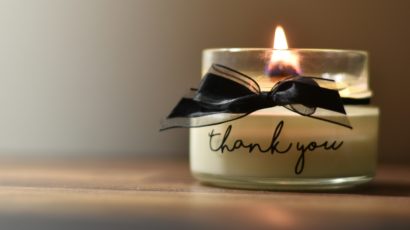How to deal with heatstroke
Knowing how to deal with heatstroke is essential as parts of Europe are exposed to high temperatures during the latest heatwave, and especially as many people are heading off on their summer holidays. Senior trainer, Polly Pupulin shares some top tips to keep you safe.
What is heatstroke?
Heatstroke is when the body reaches temperatures of 40 C (104 F) or higher. This can be as a result of exertion, such as playing sports in hot environments, or simply too much exposure to the environmental heat that a heatwave brings. Heat stroke is a medical emergency as it can cause damage to internal organs. The longer medical treatment is delayed, the worse the damage will be.
Children and the elderly are the most vulnerable to heat stroke, but it can affect anyone!
HealthFirst’s top tips
To keep yourself healthy during this current heatwave:
- Drink plenty of water.
- Avoid the sun and heat during the hottest part of the day, stay in the shade and cooler areas.
- Cool your body, for example by going for a swim in the lake or the sea.
- Avoid coffee and alcohol which are dehydrating.
Signs and symptoms of heatstroke
Signs and symptoms that someone may be experiencing heat stroke include an elevated body temperature, nausea or vomiting, a change to the person’s mental state including confusion, agitation, or disorientation. In extreme cases, a seizure, coma, or even death can occur.
The person’s skin may be flushed, their breathing may be rapid and shallow, and they may complain of a throbbing headache.
Immediate first aid treatment
If you suspect a person has heat stroke, they need immediate first aid and medical treatment.
- Get them away from the heat source and into a cooler environment as soon as possible.
- Remove any excess clothing.
- Start passively cooling the person down, by any means available.
- If an adult’s body temperature is 40°C or above, actively cool them by exposing their body from the neck down to cool water immersion (between 1-26°C). For children follow medical advice and follow the last part of this cooling section.
- This could be in a lake, the sea, using river water, or hosing them down.
- If you are in a place where water is limited such as when camping or hiking in the mountains, place the person in the middle of a tent sheet (or something like that), lifting both sides to create a homemade ‘hammock’. Pour water onto the person and roll them around in the sheeting to wet their body this way.
- If water immersion is not available, you can use ice packs or wet clothes, placing them on the person’s arm pits, groin and head to cool them. Fans with or without mist may also be helpful.
And it is very important to get medical attention, usually by calling for an ambulance (144 in Switzerland, or 112 as the Europe-wide emergency services number).
HealthFirst is equipped to train you in all medical emergencies. Be prepared for any eventuality by joining a class and buying a first aid kit.





